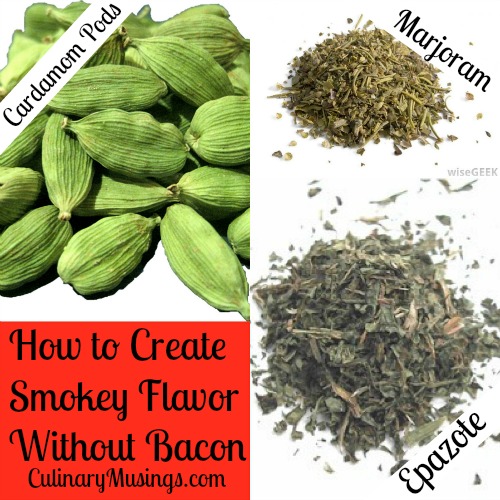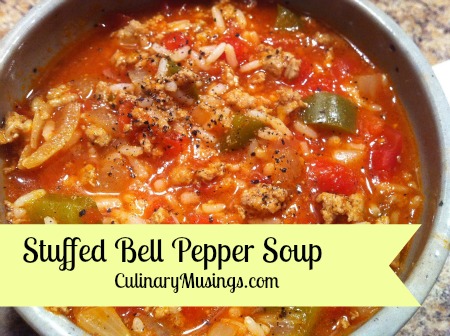Asparagus 101 - Recipes and History of this beloved Spring vegetable
Spring is the time when vegetable lovers pause and bow in homage to the "king of vegetables." Asparagus is at its peak right now, and this member of the lily family is a delicious, nutritious, and low-calorie food. The versatile green shoots can be steamed, stir-fried, grilled, or pickled.
However you eat it, asparagus is a tasty powerhouse of amino acids, phytochemicals, fiber, Vitamin A, Vitamin C, and more. Oh, and it's also fat and cholesterol-free.
History of Asparagus
Asparagus is a perennial plant and member of the lily family. It grows wild on many continents and has been cultivated for over two thousand years. Ancient Egyptians offered it to their gods. Greeks and Romans revered it as well; Roman farmers were among the first to cultivate the wild plants and grow them commercially. King Louis XIV of France so loved asparagus that he had special greenhouses constructed to allow it to be grown and harvested year round. He's credited with naming it the "king of vegetables."
American Indians ate asparagus and also used it for its medicinal properties. Cooks in Africa and Asia revered it for its flavor, medicinal uses, and as an aphrodisiac. In China, people enjoy eating candied asparagus as a special treat.
During the 16th and 17th centuries, asparagus became wildly popular in Europe. Colonists took seeds with them, and spread asparagus cultivation to Australia and other new lands.
Nutritional benefits of Asparagus
Asparagus has grown in popularity during the past decade as we rediscover the health benefits and medicinal properties that our ancestors noticed thousands of years ago.
Half a cup of raw asparagus contains just 12 calories, but is a nutritional powerhouse full of:
- Folic acid: helps prevent birth defects, liver disease, heard disease, and colon cancer.
- Gluthathione: a phytochemical and important antioxidant that regulates other antioxidants in the body. It also helps build immune cells and fight the growth of cancer cells.
- Rutin: this bioflavonoid helps increase the blood's oxygen-carrying capacity and also helps the body recover from injuries.
It's also a fat-free, cholesterol-free source of Vitamins A, C, and E, as well as a good source of fiber. Asparagus contains small amounts of iron and calcium.
It's like having a little vitamin tablet tucked inside each tender, green spear.
How to buy and store asparagus
First, consider growing asparagus if you have any backyard space. The taste of fresh-cut asparagus is truly sublime. It's easy to grow and, if weather and climate conditions cooperate, you can often get a small fall crop in addition to spring asparagus.
Fresh asparagus should look fresh! Only buy spears that are firm, bright green, and have tightly formed heads (the leaves at the top of the spear). Thin spears tend to have a better taste and texture than thicker ones.
Eat it as soon as possible after purchase. Remember that harvest, packing, and transportation take time. The spears in your local grocery store could have been harvested a week or more before you bring them home. Asparagus is quite perishable, so try to buy from farmers markets or as close to the growing source as possible.
If you have to store your asparagus for a few days, keep it moist, covered, and cold. Wrap the bottom stems in a wet paper towel and store in a moisture-proof container in the refrigerator for several days. When you get ready to cook, check the spears for firmness. If they seem a little limp, snip off the bottom few inches and place upright in a cup or bowl with a few inches of cold water for 10-15 minutes. That may help rehydrate them.
Tips for cooking and serving asparagus
Asparagus cooks quickly. Very quickly. This fact has been known for centuries. Asparagus-lover and Roman Emperor, Caesar Augustus, had his own phrase for quickly completing a task: "quicker than you can cook asparagus".
Overcooked asparagus is a terrible, limp reminder of your time in the elementary school cafeteria line. "Mystery meat" was bad enough, but overcooked asparagus is a "mystery vegetable." The mystery being why anyone would even think about eating it!
Asparagus is easy to cook and adapts well to multiple techniques. Before you cook asparagus, snap off the white, bottom part of the spears.
Steamed: Some people have special, tall pots for cooking asparagus, and others use a vegetable steamer. Neither is necessary; even if you don't have any special cooking equipment, you can still enjoy steamed asparagus!
Take a large frying pan and put about ½ inch of water in it. Bring water to a boil, add the asparagus and cook only until it turns a bright green – usually less than 2 minutes! The idea isn't to boil it, but to heat it up and steam it a bit.
Serve topped with a spritz of fresh lemon juice or melted butter. Very fresh, tender asparagus doesn't need any topping at all.
Grilled: Asparagus tastes delicious grilled. Brush it with olive oil or a marinade and grill for 4-6 minutes, depending on the temperature of your grill and the amount of "crunch" you want in your asparagus.
Stir-fried: Asparagus is a tasty addition to any stir-fried dish. It mixes well with other vegetables or stands out as the star of the dish. Chop the spears into small pieces (about 1-inch) before cooking.
Stir-frying doesn't necessarily mean that you have to serve asparagus in a Chinese-style dish. Use your imagination, because it combines with a number of flavors and cuisines. Asparagus is tasty, versatile, and nutritious.
Pasta and Asparagus with Fresh Oregano
Serves 2 as a main dish
This is adapted from one of Rachel Ray's five-ingredient main dish recipes. In this 8-ingredient version, the onions and peppers are soft, but the asparagus remains a little crunchy. It's a nice texture contrast.
Ingredients:
1/2 pound pasta (spaghetti, linguine, etc)
4T olive oil
1/2 onion, thinly sliced (you'll want about half a cup of sliced onion)
3-4 garlic cloves, crushed (depending on size & your love for garlic)
1/2 - 2/3 cup thinly sliced red and green bell pepper (you can use just the green, but red pepper adds a nice color contrast)
10-12 stalks Asparagus, cut into 1-2 inch slices
3T minced fresh Oregano (you can also use dried, but the fresh packs a lot more bright flavor)
Salt to taste
1. Heat water for pasta according to directions on package. While the water heats & pasta cooks, prepare the rest of the dish.
2. Heat olive oil and add onions & bell peppers. Cook over LOW heat until onions are clear.
3. Add garlic and cook about 5 minutes more. The slow cooking process sweetens the onions a lot.
4. Cook the Asparagus 30 seconds to 1 minute in the microwave. You just want to warm it up and soften it a bit.
5. When the pasta is almost ready (within a 2-3 minutes), add the asparagus and oregano to onion/garlic/pepper mixture and raise the heat to medium. You MAY want to drizzle a bit more olive oil over it right before you add the pasta.
6. Mix the drained pasta with the asparagus mixture and serve.





